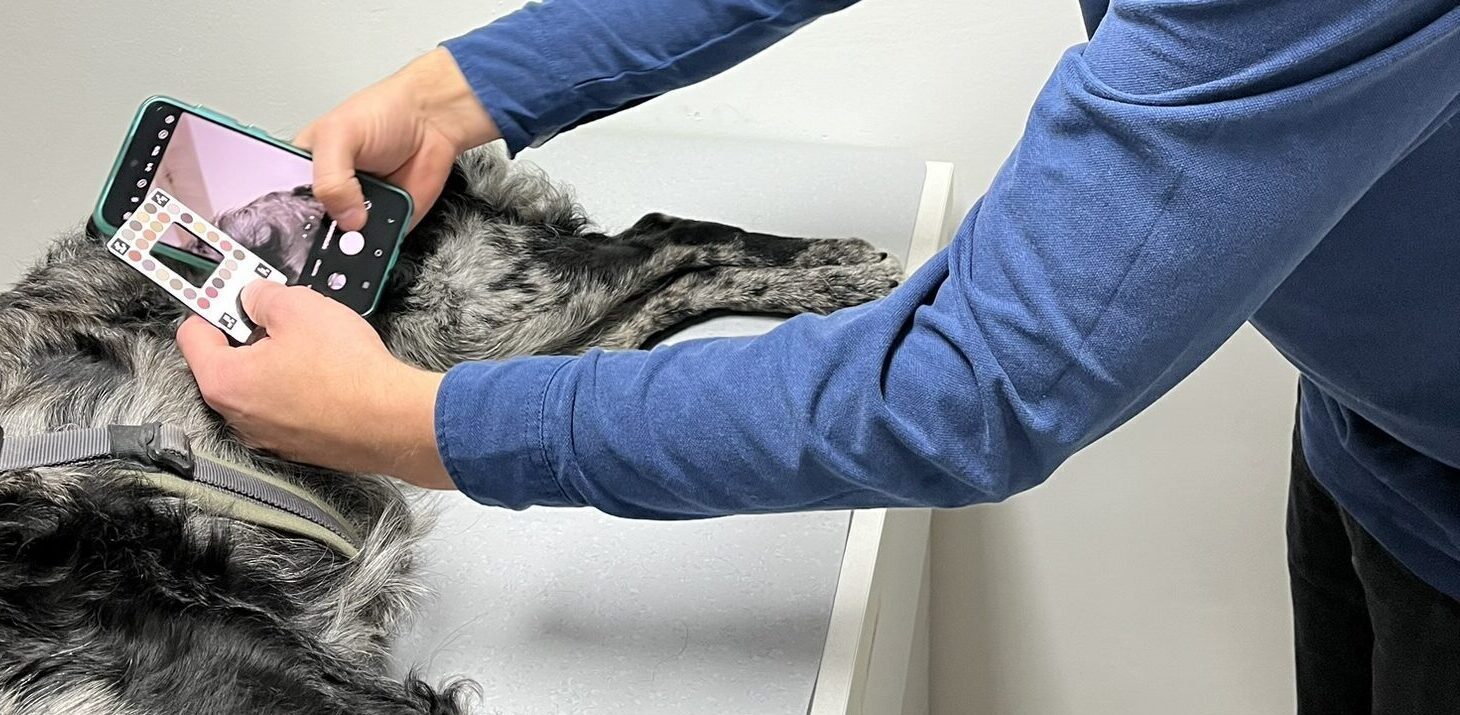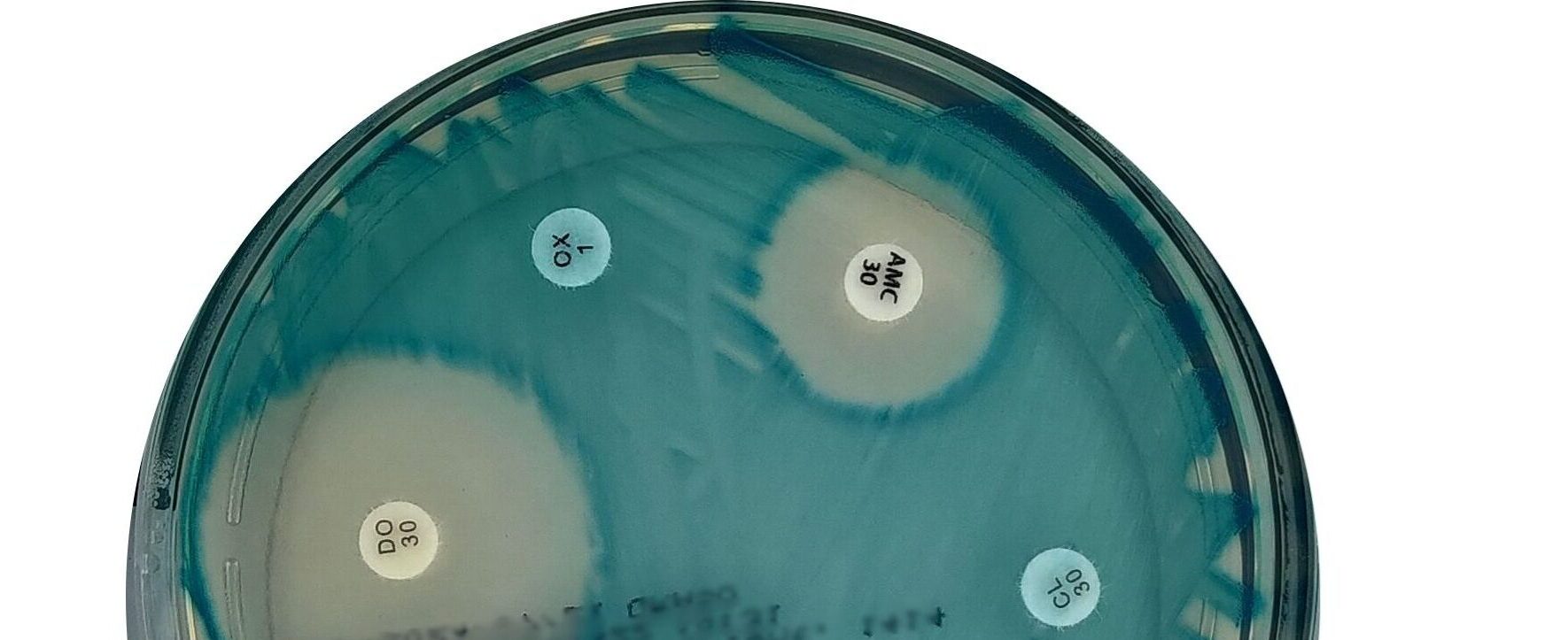Imagine this: while having a coffee on a Monday morning, a researcher pays a visit to your veterinary clinic. She proposes participating in a research project on antibiotic resistance, where your clinic would contribute skin swabs of dogs and cats. First thought: extra work! Why include research activities in your already busy schedule? And where are the benefits for you, your team, and your clinic?
After more than a decade of leading and participating in research projects, I know that research and development (R&D) is extremely useful, practical, and profitable for clinical veterinarians.
What is research and development (R&D)?
R&D represents innovative activities that lead to new or improved products and services, such as preventive protocols, diagnostic procedures (Figure 1), and therapies. Most veterinary R&D is conducted in universities, institutes, and pharmaceutical companies. However, I believe that veterinary clinics should play a key role in R&D activities, as they are directly linked to animals, their caregivers, and the environment. The development of new knowledge and practices must therefore reach the ‘front line’, i.e., clinical veterinarians, as quickly as possible.

R&D activities do not require years of preparation or specific expertise, as veterinary clinics’ expected contribution is usually related to their daily work. For example, the clinicians in our research teams collect samples (swabs, microscopic slides, skin images), interpret the results of routine diagnostic tests (cytopathology), introduce or test new diagnostic procedures (rapid antibiotic susceptibility tests), and develop ideas or protocols for future R&D activities.
Why include R&D in your clinic?
Many clinics do R&D because they are passionate about the veterinary profession and animal health. However, in my various veterinary roles (e.g., researcher, clinician, and CTO), I have become convinced that the benefits go much further. R&D has a direct impact on clinic competitiveness, lowers the cost of materials and services, facilitates access to new knowledge, and positively impacts staff mental health.
Competitive advantage
There are numerous, mostly primary-care veterinary clinics in each European country. How do you keep your competitive advantage over other animal hospitals?
Veterinary clinics strengthen their competitive advantage in several ways. Big chains opt for consolidation, allowing them to optimize their operations and offer better prices. Others are moving towards specialization, offering unique or cutting-edge services to a niche (dermatology, cardiology) or the general market (neutering). In addition, brand building is becoming increasingly important, emphasizing values, having an online presence, and providing an excellent customer experience, such as a cat-friendly clinic. Introducing R&D to a veterinary clinic can improve its competitive advantage in all the abovementioned ways. In this article, we will focus on specialization and lower operating costs.
Specialization
Offering specialized veterinary services is a significant financial and time commitment. European veterinary specializations require at least 3 years of training outside the home clinic, while the alternative training at the European School of Advanced Veterinary Studies (ESAVS) is expensive, with costs up to 50,000 € per discipline. On the other hand, R&D allows additional training and access to advanced technologies without high expenses (Figure 2).

A practical example
Our R&D project supports a PhD student performing histopathological examinations of canine and feline tumors (Figure 3). The work is done with a pathology diplomate, allowing the clinician to acquire specialist knowledge in pathology and oncology.

Lower costs for services and materials.
The impact of R&D on lower costs of services and materials is achieved by “killing two birds with one stone“. Our R&D projects cofinance the purchase of materials (slides, media, various rapid tests), services (microbiological testing), and equipment (ultrasound rental). If sampling is performed simultaneously for R&D and clinical purposes, the costs of consumed materials, services, and equipment are lower, leading to higher operating margins. R&D partners can also offer you their services, such as pathology or immunology tests, at discounted prices.
Positive impact on mental health
Veterinarians often face burnout, anxiety, and depression. We all know stories of colleagues leaving the profession (or even the world) due to poor mental health. The R&D activities in the clinic help to address, directly and indirectly, the situations with a negative impact on the mental health of veterinarians and their staff. Active involvement in R&D enables veterinarians to face and manage such challenges more effectively.
Practical examples:
1. Psychological violence.
Client: “You’re all about the money!” Me: “I understand your point of view, but if we were only about money, we would be doing other, more profitable activities. We are here for the animals.“
2. Burnout
Nurse (just after starting the morning shift): “I know you’re not done yet, but the next customer is already waiting.” Me: “Luckily, I have an R&D day tomorrow. I will slow down and use this time for a literature review, which will also help with the problematic case I have.“
3. Autonomy
Manager: “There is no money for a new ultrasound.” Me: “Okay, I’ll get cardiology expertise and equipment with my R&D funds.“
4. Lack of control
Client: “I don’t want to pay for an additional diagnostic test!” Me: “Luckily, our R&D project can pay for the test.“
5. Low self-esteem
Customer (online): “This vet is incompetent; he missed the diagnosis.” Me: “Top experts surround me; they agreed this was not a clear case.“
As with any new activity, R&D brings challenges.
Setting priorities
R&D takes time, which needs to be carefully planned and realistic. For example, our experience shows that scheduling mentally demanding R&D activities after the long clinical shift is a bad idea. Also, missed R&D time due to emergencies, additional clients, or unexpected appointments should be replaced as soon as possible. Otherwise, there are delays in work targets, which are difficult to make up for.
Realistic objectives
The R&D objectives should be clearly and realistically defined, as funders often lack the expertise to understand why specific planned goals cannot be met. For example, the aim to study the quality of life in 5 cats newly diagnosed with a particular disease is very risky. What if there are no such patients? Given the disease’s prevalence of 1%, it is better to state that you plan to test 500 cats for this disease and examine the quality of life of the positive ones.
Conclusion
Research and development (R&D) should not be the domain of scientists and big companies alone. It is an essential tool for veterinary clinics to remain competitive through specialization and increased operating margins, additionally improving the well-being of their patients. Your clinic will also become part of the progress in our profession, contributing to your personal and professional growth. Welcome to join us!
Blaž Cugmas, PhD, DrVet
This article has been translated and modified from the publication (“Ko se veterina sreča z inovacijami: zakaj vključiti razvoj v vsakdan veterinarske klinike?”) in the Bulletin of the Veterinary Chamber of Slovenia, March 2025 (vol. 20, no. 1).
Latest Post
-

Why integrate R&D into the daily routine of a veterinary clinic?
May 23, 2025
-

Staphylococci vs. the Weekend: What Happens When Your Swab Waits
March 28, 2025
-

Veterinary Takeaways from ESCMID Global 2025: Automated Microbiology and Digital Pathology
March 28, 2025
-

Rethinking AST Reporting in Veterinary Practice
March 5, 2025